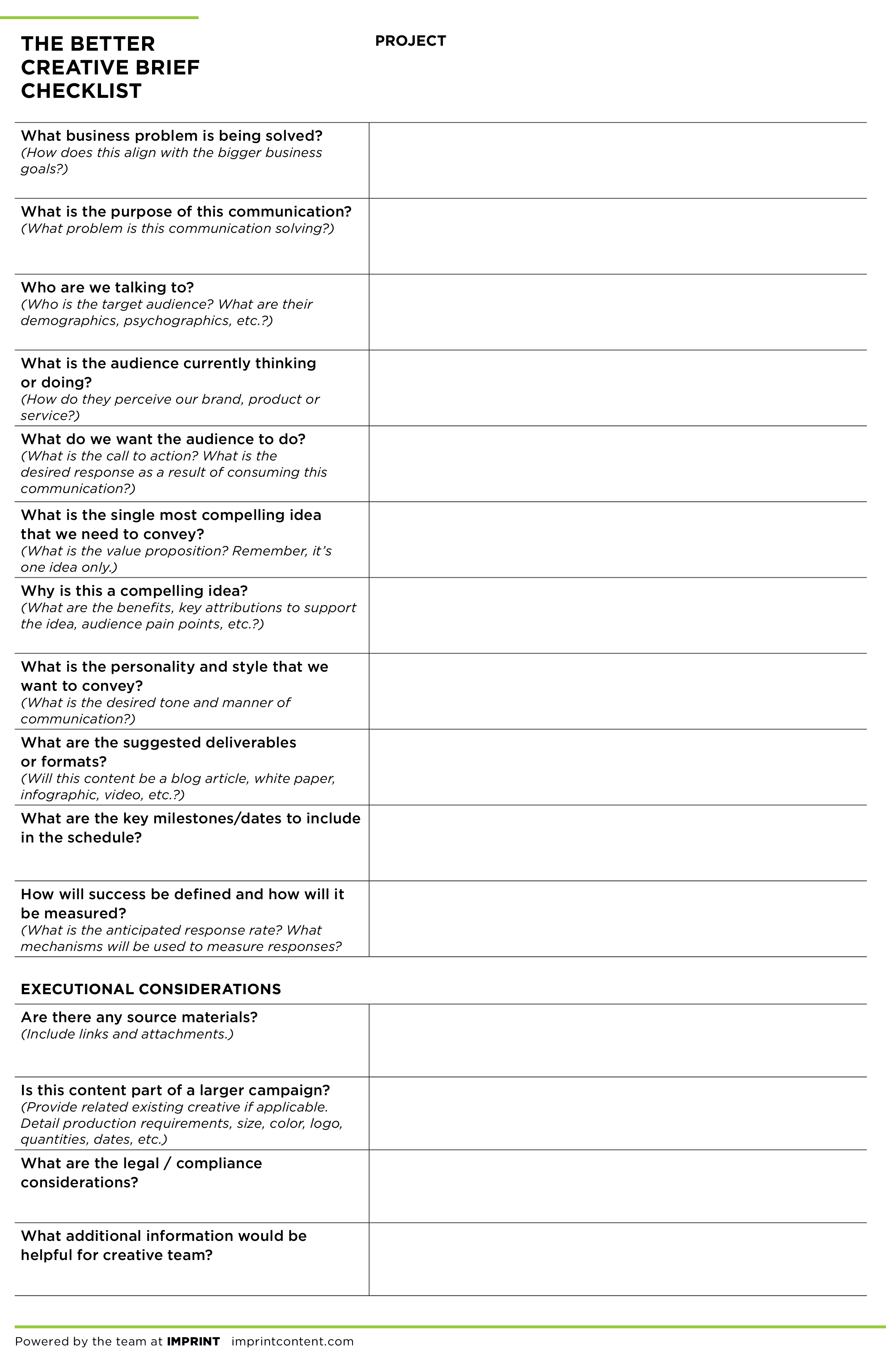
If the company doesn't take action to mitigate the damage and clean up the contamination, potential losses from liability claims could top $7 million.
If the epidemic breaks out, the lack of hospitals within 100 miles makes it difficult to stop the disease spreading works better than The absence of healthcare providers in the vicinity of the hypothetical outbreak could excessively impede the cause of disease containment.
Writing a briefing memo takes more than a quick insight scribbled on a sticky note. From government to academia, people define a briefing note or memo as a report on a complex problem. The memo provides background, breaks down the problem and identifies the significance of any new information. Then it suggests a possible direction. A well-written briefing paper can influence the recipient and shape policy.
The toxic waste has leaked into the local reservoir, which provides water to 2.7 million residents. Initial estimates are that cancer and birth defect rates may quadruple over the next decade.
Provide Some Background
This briefing note covers the need to protect confidential data from the newly discovered Red Dagger vulnerability. Foreign hackers are actively exploiting Red Dagger to access Social Security numbers, birth dates and other information they can use in identity thefts. The weakness needs to be fixed immediately.
Most issues don't spring up out of nowhere. The background paragraphs should explain how the problem you're addressing developed, going into more detail than the opening. The level of detail and which details you include should reflect who you're writing to. If the issue is nuclear contamination, a scientist might want technical specs, while a health official will be more interested in the risk to the public. A stakeholder's main concern might be how media coverage will affect the organization.
There's no one perfect briefing memo template that every document has to follow. It's vitally important though that whatever format or template you use, you're consistent throughout the document. Readers may assume that the logic of your editing and formatting reflect the logic of your argument. If you misspell words or get numbers wrong, then that suggests that your arguments are wrong, too. If titles are bold and headlines are in caps, but you don't do that consistently, then that suggests that your underlying work was sloppy, too. Keep your sentences clear and understandable. Avoid jargon, and don't use big words just to impress.
Writing a briefing paper isn't art, it's persuasion, designed to lead the reader to your recommended conclusion. All your paragraphs should relate to the subject at hand. Information should flow from paragraph to paragraph until you reach the end. The headings should identify the content of each section, with bullet points to break down itemized lists. When you reach the end of the memo, give your conclusion, restating your key points.

If the company doesn't take action to mitigate the damage and clean up the contamination, potential losses from liability claims could top $7 million.
If the epidemic breaks out, the lack of hospitals within 100 miles makes it difficult to stop the disease spreading works better than The absence of healthcare providers in the vicinity of the hypothetical outbreak could excessively impede the cause of disease containment.
Writing a briefing memo takes more than a quick insight scribbled on a sticky note. From government to academia, people define a briefing note or memo as a report on a complex problem. The memo provides background, breaks down the problem and identifies the significance of any new information. Then it suggests a possible direction. A well-written briefing paper can influence the recipient and shape policy.
The toxic waste has leaked into the local reservoir, which provides water to 2.7 million residents. Initial estimates are that cancer and birth defect rates may quadruple over the next decade.
Provide Some Background
This briefing note covers the need to protect confidential data from the newly discovered Red Dagger vulnerability. Foreign hackers are actively exploiting Red Dagger to access Social Security numbers, birth dates and other information they can use in identity thefts. The weakness needs to be fixed immediately.
Most issues don't spring up out of nowhere. The background paragraphs should explain how the problem you're addressing developed, going into more detail than the opening. The level of detail and which details you include should reflect who you're writing to. If the issue is nuclear contamination, a scientist might want technical specs, while a health official will be more interested in the risk to the public. A stakeholder's main concern might be how media coverage will affect the organization.
There's no one perfect briefing memo template that every document has to follow. It's vitally important though that whatever format or template you use, you're consistent throughout the document. Readers may assume that the logic of your editing and formatting reflect the logic of your argument. If you misspell words or get numbers wrong, then that suggests that your arguments are wrong, too. If titles are bold and headlines are in caps, but you don't do that consistently, then that suggests that your underlying work was sloppy, too. Keep your sentences clear and understandable. Avoid jargon, and don't use big words just to impress.
Writing a briefing paper isn't art, it's persuasion, designed to lead the reader to your recommended conclusion. All your paragraphs should relate to the subject at hand. Information should flow from paragraph to paragraph until you reach the end. The headings should identify the content of each section, with bullet points to break down itemized lists. When you reach the end of the memo, give your conclusion, restating your key points.

Every day content programs aimed at consumers, kids, influencers, specialists and business people launch. And all too often this content is developed, distributed, and promoted with no strategic planning
Do you use creative briefs? What have you found especially helpful? What challenges did you have? Please share in the comments.
Synthesize the important information concisely and clearly. But at the same time, don’t assume prior knowledge. Follow up the brief with as much useful background information as you can. Audience data, brand guidelines, content assets, and previous marketing programs can all be helpful to the content developers.
Members of your internal team or agency know the information they need from you to do the best possible work. Get them to help you write the brief. Chances are, they’ll be delighted to provide input.
Be thorough

Use the following checklist to help guide your creative brief execution and then ensure that everybody on the team has it to make your content as hard working and effective as possible.
Developing creative briefs may seem like a drag, but a good creative brief is actually a great investment in time, efficiency, and motivation. If everybody on the project knows what they’re doing and, most importantly, knows why they’re doing it, you’re going to have fewer revisions and rethinks later. And, better results.
If everyone understands who your brand is talking to and knows what those people want to hear about, you’ll inspire greater focus and creativity, and more engaging, exciting, effective, and activating content.

If you’re unsure of these distinctions or are looking to improve your business writing skills, consider enrolling in our Technical Report Writing Course.
However, a white paper is a not a sales pitch. It sells the company by highlighting the internal expertise and valuable recommendations, not by bidding for business.
The document should provide a complete investigation including external research and internal knowledge. The business’s own know-how informs the content that is included and how it is compiled.
Sales Pitch: 8 Ways ABC Marketing will save money in your social media budget
Abstract
Many business communications, such as technical reports or proposals, place the main conclusion at the beginning of the document. This order responds to the desires of the reader and their preference in receiving the information.
We suggest using the free tool FreeMind to organize your content. It’s simple to use and free.
As with any business writing, the audience is your first consideration. The white paper must be written with a target reader in mind. The audience may be long-time customers familiar with the industry or new prospective buyers who are entirely new to the field.
Choosing the right topic is essential to having your white paper read. There are three major factors:

What you really need is to refresh the design, improve the quality of content and implement a content plan, increase revenue with the help of online shopping, etc.
If you decide to create a great brief template for another person, you should understand that it will take more than just 5 minutes.
If a manager and clients have reached consensus before any work begins, they will likely avoid many unnecessary revisions or “We didn’t ask for that” moments during and after the project.
It is a good idea to sit down in peace and quiet and think about who, what, when, where, why, and how things will be organized in your brief template.
1. Project overview

This audience research should consist of users’ age, gender, habits, and preferences.
The project may never be implemented because there are no clear goals and objectives.
- Business cases and other existing information you need for the strategic brief.
- Surveys, site information and analysis of existing accommodation.
- Workshops to establish needs, expectations and priorities.
- Interviews and input from other stakeholders.
- Why is your project being undertaken?
- What is the background of the problem that has prompted you to go ahead with your objective?
- What is required?
- What are the goals and objectives?
- What are your budget opportunities?
- Who should be involved in your project?
- What will your team members be responsible for?
- What resources are available?
- Will your tasks require detailed supervision?
- When should the project start and finish?
- What are the specific dates of each phase?
- Where and how should the project be carried out?
- What methodologies are required to analyze the information?
- What are the time frames for the completion?
- What performance indicators can be helpful in evaluating the result?
- Who will manage the reporting requirements?
- Who needs the final report?
